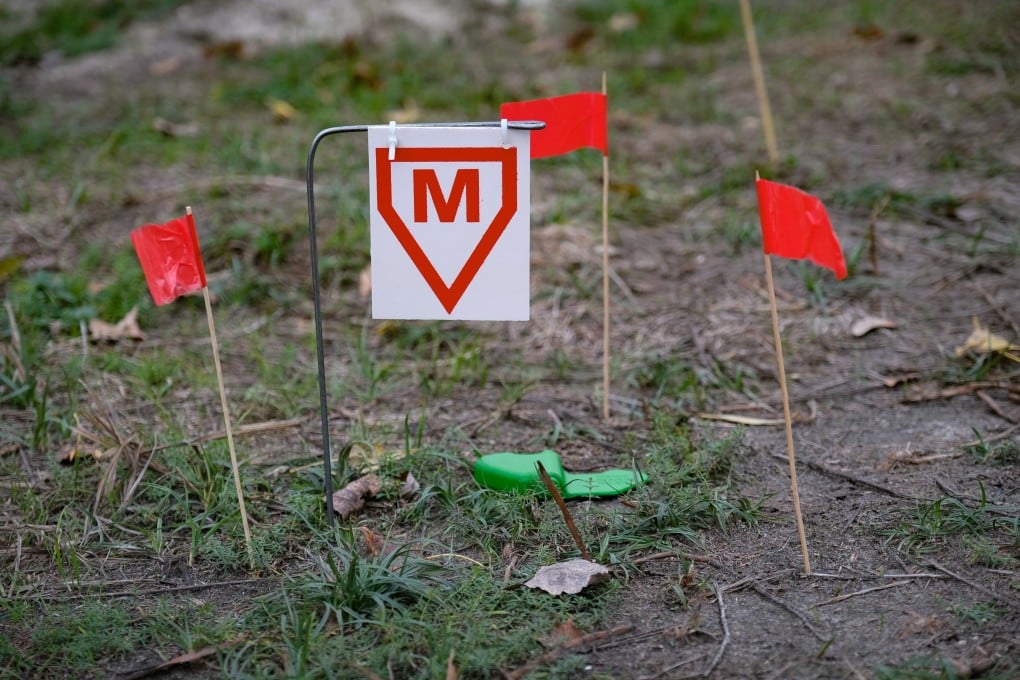Ukraine mine-clearing efforts struggle to revive war-torn farms
Farmers are doing their best to scale mine-clearing efforts in the most mined country in the world, but it could be decades of work

Nine months of Russian occupation left more than half of Inna Boiko’s 50,000-hectare farm in southern Ukraine littered with shell craters, burnt-out equipment, and dangerous landmines. When she and hundreds of other farmers returned to their villages in the Mykolayiv region in November 2022, she was determined to clear the fields and plant again.
But in the early days of the war, Boiko was left to her own devices on how to make that happen, using makeshift drones and other DIY contraptions to remove hazards in what has become the world’s most heavily-mined country. Since then, Ukraine’s government has turbocharged its pitch for international help, attracting a rush of special machinery from Japan and funds from philanthropist Howard Buffett with astonishing results.
“We are now knocking on every door, talking about money, equipment – any possible way to support us,” Economy Minister Yulia Svyrydenko told reporters in October.
While Ukraine remains a major global crop supplier, its production downturn since the start of the war has tightened stockpiles of corn, wheat and sunflower oil. Russia also recently ramped up attacks on cargo ships in the Black Sea and a drought this year hampered the region’s farmers, adding to supply risks just as world food prices climb.

Safe access to farmland is essential for a country known as Europe’s breadbasket, and demining Ukraine could take decades. At the start of the Russia invasion, more than 174,000 square kilometres of its territory were riddled with explosive mines, an area larger than Greece, mostly by Russian forces but some by Ukraine.
